Not only do tomatoes taste better, but they are healthier when you grow them yourself. Nevertheless, you’ve got to plant them in the right conditions to gain all the benefits from homegrown tomatoes. Once they’re fully ripe, you can either sell them or eat them, and there are plenty of ways you can make tomatoes taste exceptional. Keep reading to find out the right way to grow tomatoes, and how to use them once they’re ready.
How to Grow Tomatoes
No matter where you are in the world, you can grow tomatoes, but they are sub-tropical plants so you’ll need to grow them in direct sunlight. If you’re growing them in a cold country, do so against a fence or a wall, but avoid hedges because the soil around them is usually dry. Raised beds are also a good place to grow tomato plants, they enjoy the soil conditions because raised beds give moisture without water-logging.
Tomatoes need very fertile soil; before you start planting, add about a wheelbarrow of well-rotted manure every 3 square meters. There is no hard and fast rule as to when you should water tomatoes, it may be enough to water them once a week, or they’ll need watering several times a day. It all depends on your geographical location and the temperature. But in general, water tomatoes when they really need it, if the leaves hang in the evening, water the plant. If the leaves hang during the day, it’s fine, that’s how tomato plants protect themselves against evaporation. You will need to water the soil and not the plant, do so slowly and make sure the water has fully absorbed into the soil before adding more. Pour the water a few centimeters around the stem and not on the stem, this will help the roots spread out.
Companion Plants For Your Tomatoes
There are some plants that will benefit your tomatoes while they are growing, and there are some that will harm them. The following plants will grow well with your tomatoes:
- Plants from the onion family will ward off insects with their pungent smell. These include garlic, onions, and chives.
- Hot and sweet peppers
- Greens such as lettuce, spinach, and arugula
- Asparagus, the close proximity protects tomatoes against nematodes
Plants to Keep Away From Your Tomatoes
- Corn attracts corn earworm and tomato fruit worm
- Kohlrabi stunts the growth of tomatoes
- Fennel stunts the growth of tomatoes
Which Tomatoes to Grow
With over 10,000 varieties to choose from, if you’re new to gardening, you’re probably confused about which tomatoes to grow. To make the decision easier for you, I’ve listed 10 of our favorites:
- Tomato Ildi: A yellow cherry variety good for putting in salads or eating raw.
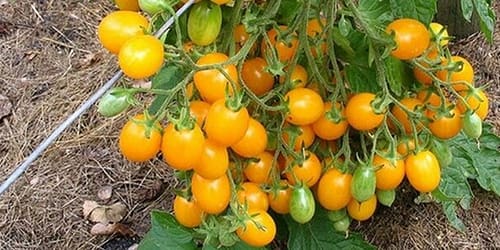
- Tomato Astro Ibrido: A plum tomato perfect for using in preserves and sauces.
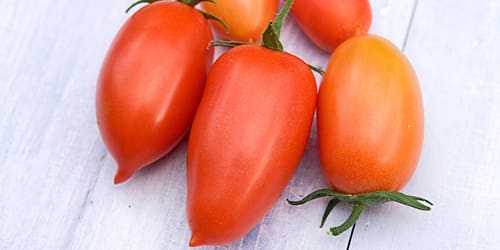
- Tomato Tigerella: With a tangy, rich flavor, these tomatoes work well in sauces and salads.
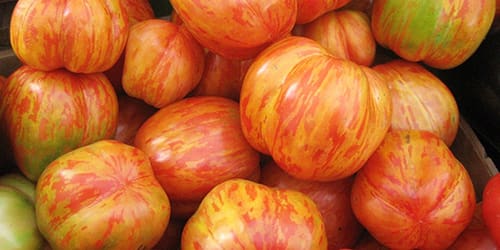
- Tomato Red Alert: These bright red cherry tomatoes are perfect for cooking and salads
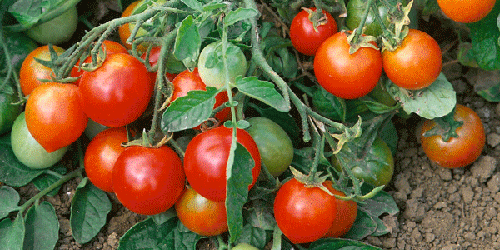
- Tomato Moneymaker: This salad variety tastes fantastic in salads and sandwiches. They are also good for grilling and roasting.
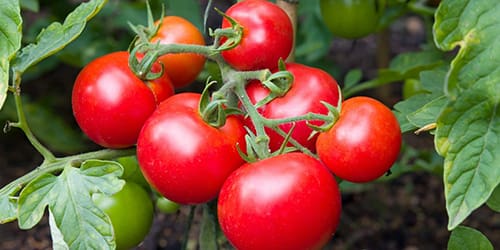
- Tomato Shirley: If you’ve got an unheated greenhouse, you can grow these salad tomatoes in it.
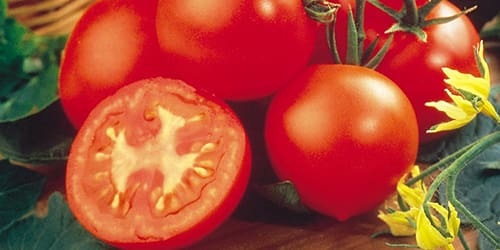
- Tomato Marmande: This beefsteak tomato has a strong flavor and a meaty texture, they are perfect for cooking and sandwiches.
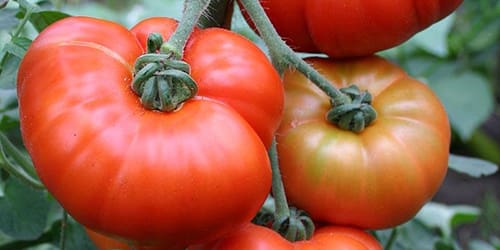
- Tomato Rosada: This sweet-tasting cherry tomato variety is perfect for pasta dishes and salads.
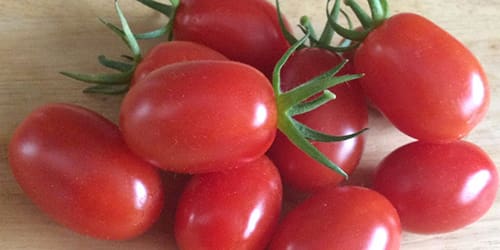
- Tomato Orange Santa: If you’re looking for a super sweet flavor, this plum, cherry tomato is what you need.
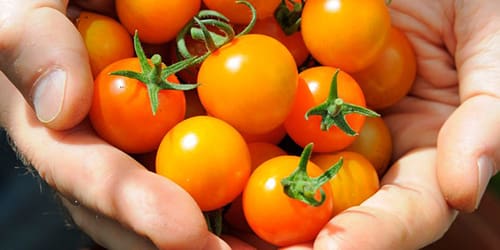
- Tomato Golden Sunrise: This vivid yellow tomato has a sweet flavor and tastes delicious in salads.
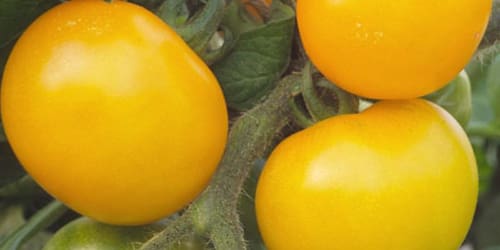
How to Use Tomatoes
If you are not planning on selling your tomatoes once they’ve grown, there are plenty of different ways you can eat them. Here are some ideas:
How to Pickle Tomatoes
You will need the following ingredients to pickle tomatoes:
- 8 ounces of cherry tomatoes
- 1 tablespoon of granulated sugar
- 1 tablespoon of kosher salt
- 1 cup of apple cider vinegar
- ½ a teaspoon of whole black peppercorns
- 1 clove of garlic
You will also need the following equipment:
- A cutting board
- A skewer
- A small saucepan
- A chef’s knife
- A wide-mouth lidded pint jar
Directions
- Wash the tomatoes and leave them to dry.
- Poke a hole in each tomato with the skewer.
- Add the peppercorns and the garlic to the jar.
- Add the tomatoes to the jar.
- Combine the sugar, water, vinegar, and salt in a small saucepan and bring to a rolling boil over a high temperature.
- Pour the brine into the jar, leave ½ an inch of space at the top.
- Remove any air bubbles by tapping the jar against the counter.
- Secure with the lid and let it cool to room temperature
- Leave the jar in the fridge for 48 hours before serving.
How to Make Tomato Paste
You will need the following ingredients to make tomato paste:
- 10 pounds of tomatoes
- 2 tablespoons of lemon juice
- 2 teaspoons of sea salt
- 2 tablespoons of olive oil
You will also need the following equipment:
- 4-ounce jars with lids
- 1 roasting pan
- A sieve
- A large saucepan
- A cutting board
- A chef’s knife
Directions
- Prepare the oven by heating it to 350 degrees F.
- Slice the tomatoes into quarters.
- Heat the olive oil in the saucepan over medium temperature, add the tomatoes and simmer until the peel starts coming off the flesh.
- Push the tomatoes through a sieve to separate the skins and the seeds from the pulp.
- Add the lemon juice and the sea salt to the pulp and stir to combine.
- Transfer the tomato pulp to a roasting pan, and bake until the pulp turns into a paste. Check every half an hour and stir. It will take between 3 and 4 hours to make. When the puree is ready, there shouldn’t be any more water remaining in the baking tray.
- Scoop the paste into jars, leave out until the puree cools to room temperature, and refrigerate. Once opened, you will need to use the puree within one week.
How to Preserve Tomatoes
The easiest way to preserve ripe tomatoes is to freeze them; however, once defrosted, you won’t be able to use them for salads. Frozen tomatoes work best when making a sauce or a stew.
Final Thought
Depending on the size, weather conditions, and variety, you can typically expect your tomatoes to start ripening from mid-summer. Keep checking your plants, and pick the ones that are fully colored and ripe. If your tomatoes haven’t ripened all the way by the end of the growing season, lift them, and store them somewhere dark and warm to ripen. Happy tomato growing!
20 Grandma’s Depression Foods We Will Need Soon
The Succulent Red Plant That Tastes Like Bacon (Video)
How To Make A Pressure Sensor Pad To Know When You Have An Intruder On Your Property

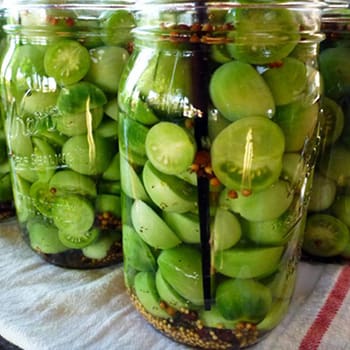
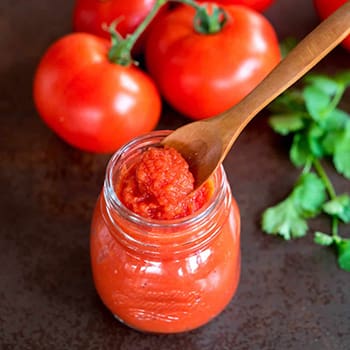





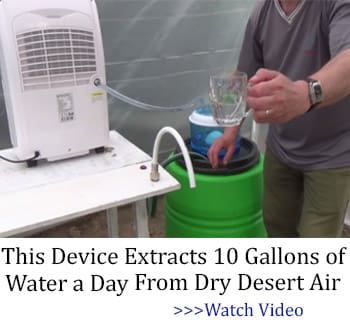
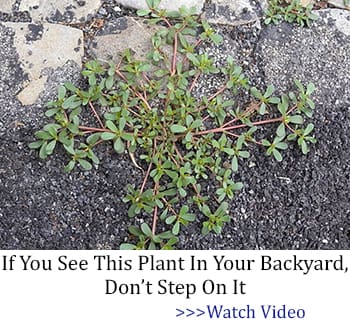
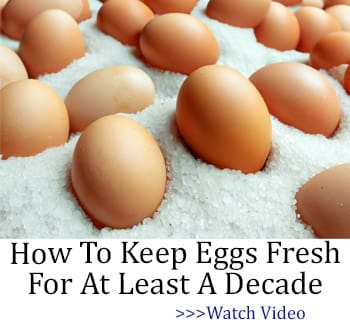

Please check your information. Peppers may pose a root competition/interference problem for Tomatoes, and are in many circles, not considered to be a good companion plant.
My grandma used to plant peppers near tomatoes and she never had any problem. But I guess it depends on the soil or climate